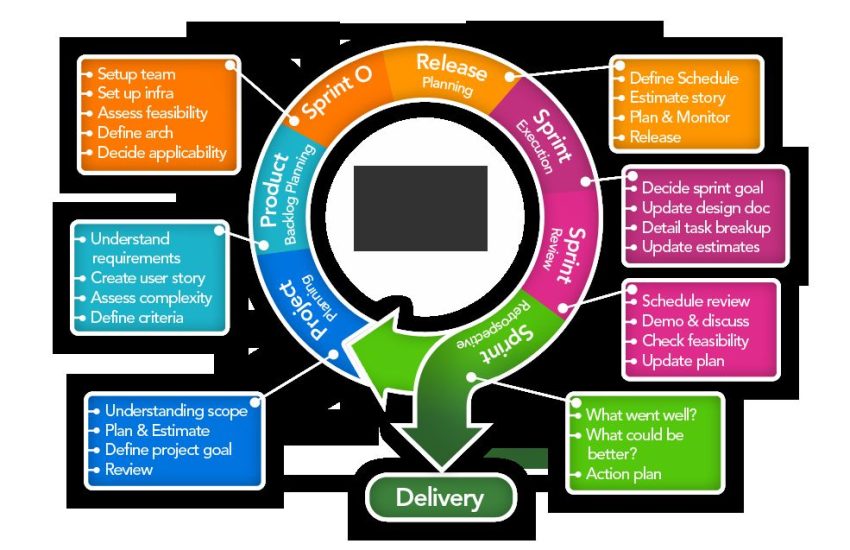Importance of Speed Optimization in Responsive Design
In today’s fast-paced digital world, having a responsive website is no longer optional – it’s a necessity. With the increasing use of mobile devices to access the internet, having a website that can adapt to different screen sizes and resolutions is crucial for reaching a wider audience. However, having a responsive design is just one part of the equation – speed optimization is equally important.
What is Responsive Design?
Responsive design is a web design approach that aims to create websites that provide an optimal viewing experience across a wide range of devices, from desktop computers to smartphones and tablets. Responsive design uses flexible grids and layouts, as well as CSS media queries, to adjust the design of a website based on the size of the screen it is being viewed on.
Why is Speed Optimization Important?
Speed optimization refers to the process of improving the performance of a website, particularly in terms of how quickly it loads and how smoothly it runs. In today’s digital landscape, where attention spans are short and competition is fierce, having a fast-loading website is essential for keeping visitors engaged and preventing them from bouncing to a competitor’s site.
The Impact of Speed on User Experience
Research has shown that the majority of users expect a web page to load in two seconds or less. If a website takes too long to load, users are likely to become frustrated and abandon the site altogether. In fact, a study by Google found that even a one-second delay in page load time can result in a 20% decrease in conversion rates.
How Speed Optimization Affects SEO
In addition to improving user experience, speed optimization also plays a key role in search engine optimization (SEO). Google has stated that page speed is a ranking factor in its search algorithm, meaning that faster-loading websites are more likely to rank higher in search results. By optimizing the speed of your website, you can improve your chances of attracting organic traffic and increasing your visibility online.
Optimizing for Mobile Performance
With the rise of mobile usage, it is more important than ever to ensure that your website is optimized for mobile performance. This includes minimizing file sizes, leveraging browser caching, and utilizing responsive images to ensure that your website loads quickly and smoothly on mobile devices. By prioritizing speed optimization in your responsive design, you can provide a seamless user experience across all devices and improve your chances of attracting and retaining visitors.
Conclusion
In conclusion, speed optimization is a crucial aspect of responsive design that cannot be overlooked. By ensuring that your website loads quickly and efficiently on all devices, you can improve user experience, boost conversion rates, and enhance your SEO efforts. Whether you are building a new website or redesigning an existing one, prioritizing speed optimization will help you stay ahead of the competition and provide a seamless online experience for your visitors.


